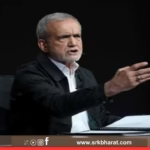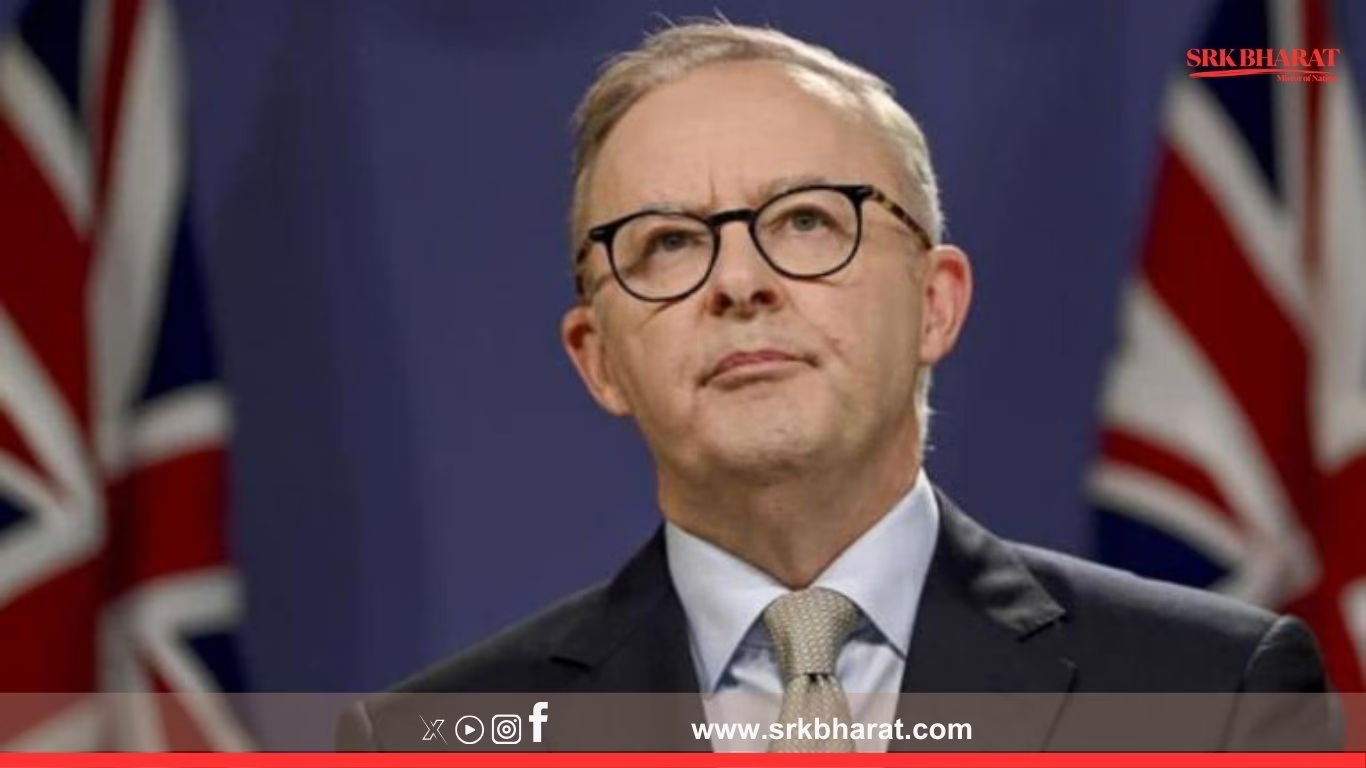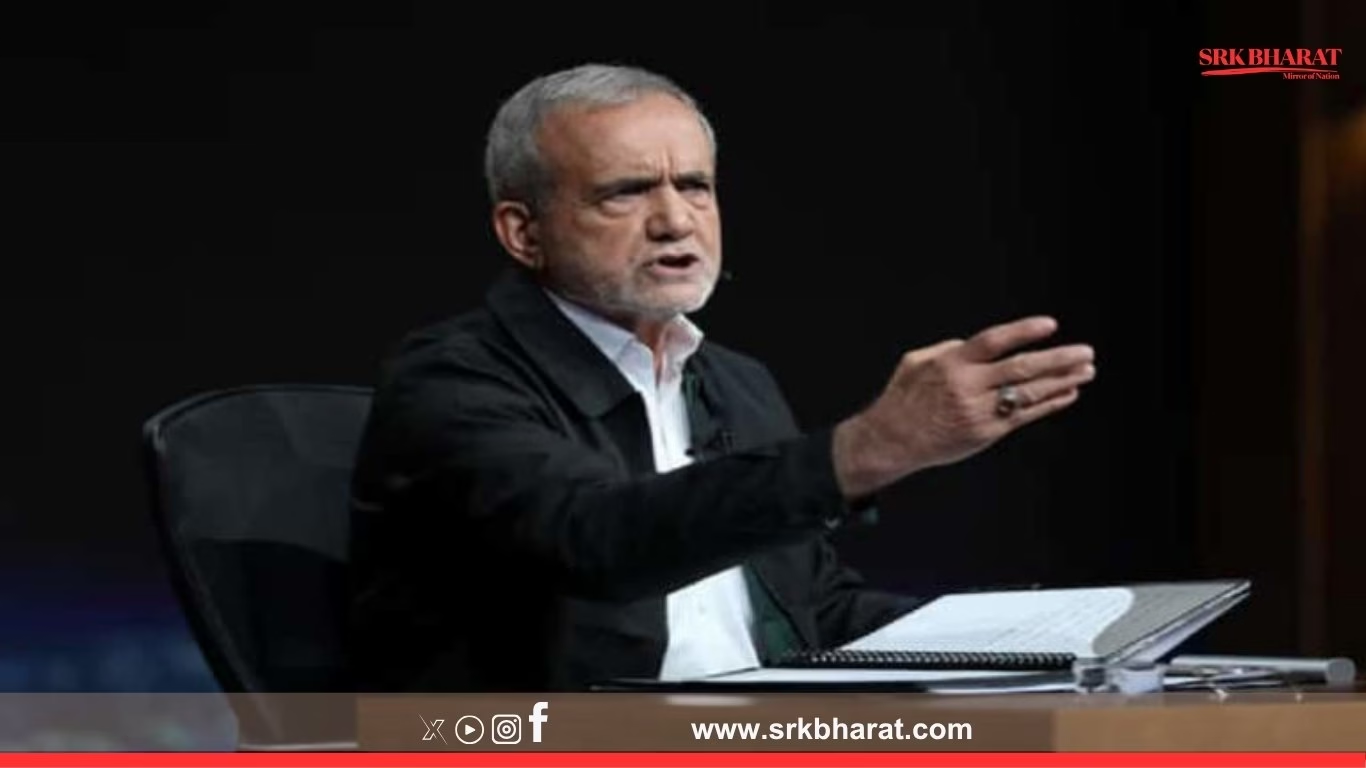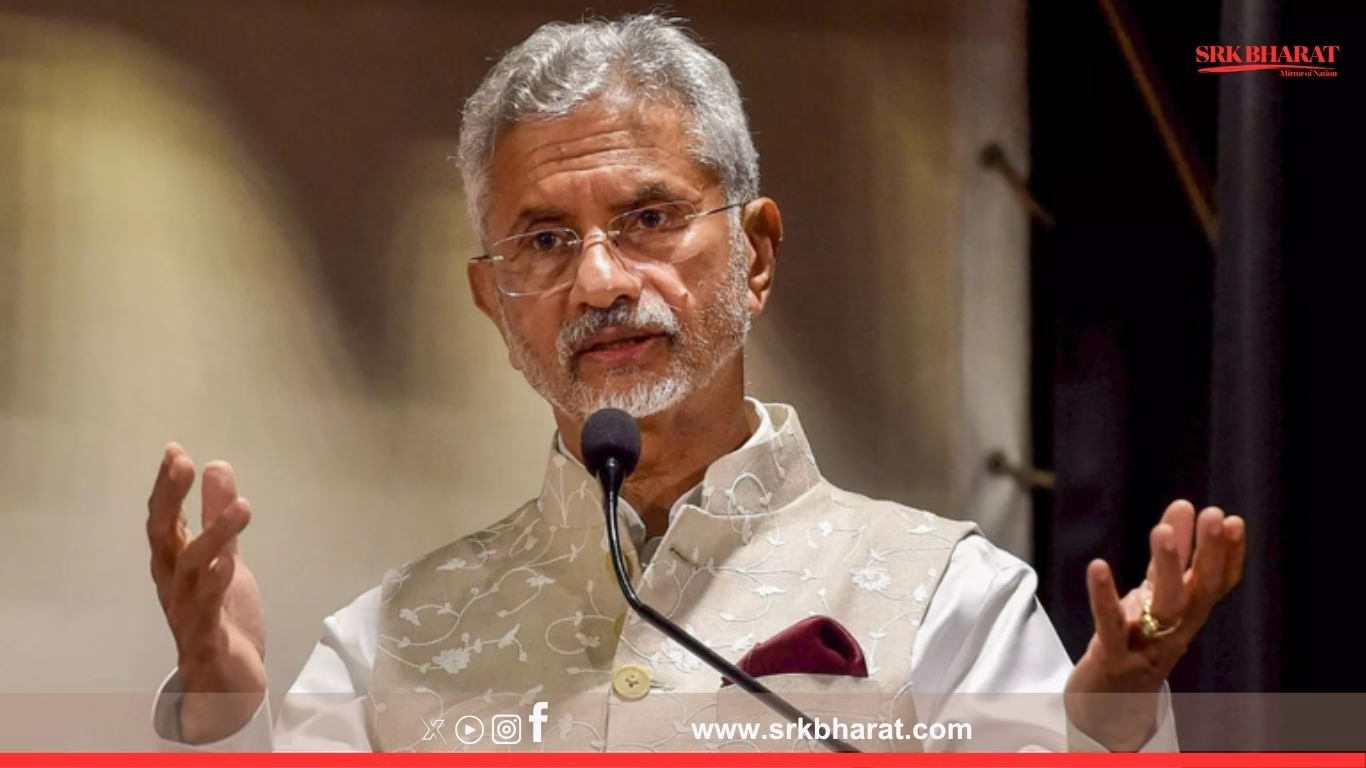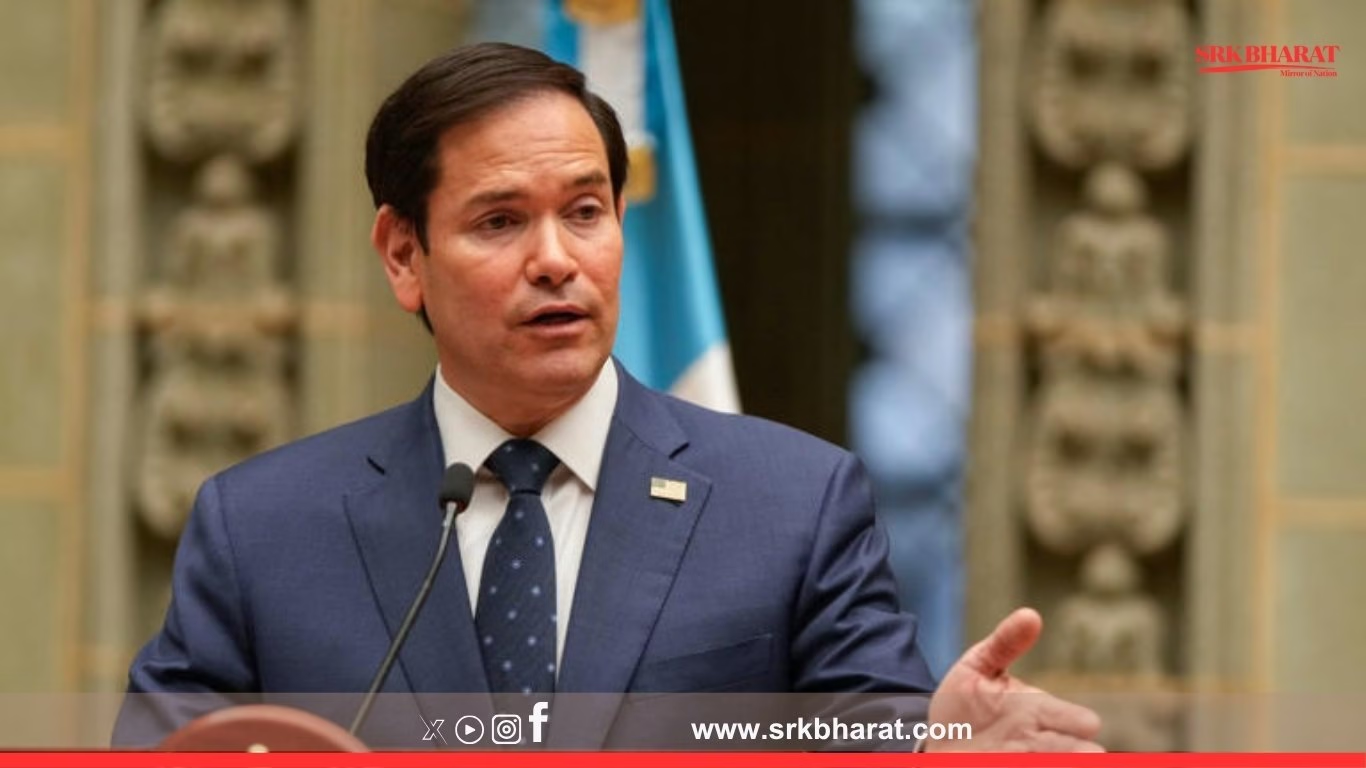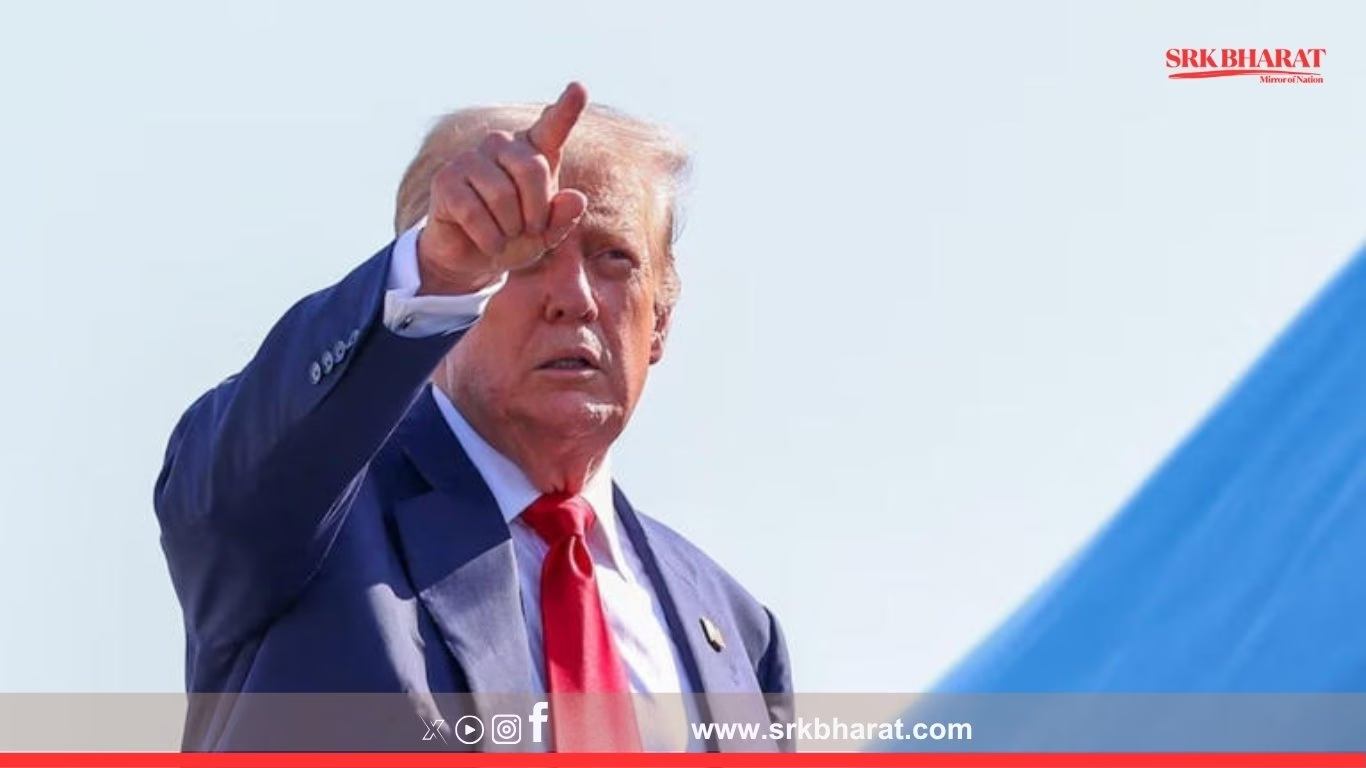In a significant diplomatic outreach aimed at reshaping trade and security ties with Asia’s largest economy, Australian Prime Minister Anthony Albanese arrived in Beijing on Monday. This marks the first official visit by an Australian prime minister to China in years, underlining a reset in bilateral ties long marred by economic coercion and diplomatic freeze.
Background: Years Of Strain
The relationship between Australia and China deteriorated sharply after Canberra called for an independent probe into the origins of COVID-19 in 2020. Beijing retaliated by imposing sweeping tariffs and trade restrictions on Australian exports such as barley, wine, coal, and lobsters, hurting key sectors.
However, since Albanese came to power in 2022, Australia has pursued a “pragmatic engagement” policy, seeking to rebuild economic ties without compromising security concerns.
Key Agendas Of Albanese’s China Visit
| Agenda Item | Details |
|---|---|
| Trade Normalisation | Removing remaining punitive tariffs, especially on wine and seafood. |
| Critical Minerals Cooperation | Exploring joint ventures on lithium and rare earths crucial for EVs and renewables. |
| Security Dialogue | Addressing maritime tensions and advocating for freedom of navigation in the South China Sea. |
| People-to-People Ties | Enhancing education and tourism linkages with Chinese students and tourists returning post-pandemic. |
Meeting With Xi Jinping
During his meeting with Chinese President Xi Jinping, Albanese reiterated Australia’s commitment to stable ties while underlining “national interest and sovereignty”. He said:
“Australia seeks a relationship with China that is productive, balanced, and rooted in mutual respect. We will always look out for our national interests while engaging constructively.”
President Xi reportedly welcomed the visit, stating that “healthy China-Australia relations benefit both peoples” and can be an example for regional stability.
Implications For Trade
Key Australian Exports To China Affected Since 2020
| Commodity | Pre-2020 Export Value (A$ bn) | Impact Post-Tariffs |
|---|---|---|
| Barley | 1.5 | Banned, later redirected to Middle East |
| Wine | 1.2 | Tariffs up to 200%, decimating market |
| Coal | 14 | Informal ban; resumed partially in 2023 |
| Lobsters | 0.7 | Banned, industry collapsed |
Australia’s Department of Foreign Affairs and Trade estimates trade restrictions cost the economy over A$20 billion cumulatively. The visit aims to remove remaining tariffs and restore full trade flows.
Security, AUKUS & Regional Dynamics
While economic issues dominate the agenda, security remains a thorn. Australia is a founding member of AUKUS, the security alliance with the US and UK to develop nuclear-powered submarines and advanced military technologies, seen by China as a strategic threat.
Analysts believe Albanese seeks to convey that AUKUS is defensive and not intended to provoke China. However, Canberra remains wary of China’s assertiveness in the South China Sea and its influence operations in the Pacific Islands.
Trump’s Tariff War Continues
Amid Australia’s diplomatic outreach, former US President Donald Trump continues to back high tariffs on Chinese imports as part of his “America First” economic nationalism. Trump, leading the Republican nomination race for the 2024 elections, recently stated:
“Tariffs are the greatest negotiating tool. We have to protect American workers from Chinese economic aggression.”
This geopolitical tension adds complexity to Australian policy. While the US remains Australia’s security anchor, China is its largest trading partner. Balancing these interests forms the core of Albanese’s foreign policy.
Regional Reactions
- Japan: Welcomed Australia-China thaw, urging continued focus on free trade and security balance.
- ASEAN nations: Hopeful that reduced tensions will stabilise regional supply chains.
- US: Monitoring developments closely, with some Republicans criticising Australia for being “soft on China.”
Business Community Response
The Australian business community has strongly supported Albanese’s visit. Mining, agriculture, and wine industry leaders expressed optimism about re-entering the lucrative Chinese market, with Australian Grape & Wine CEO Tony Battaglene stating:
“If tariffs are lifted on wine, it will revive an industry that lost its biggest export market overnight.”
Public Opinion In Australia
Recent surveys indicate mixed public sentiments:
- 48% support closer economic ties with China if it benefits jobs and growth.
- 38% remain wary of overdependence on Chinese markets.
- 14% prefer prioritising security ties even at the cost of trade.
Timeline: Australia-China Diplomatic Reset
| Year | Event |
|---|---|
| 2020 | COVID-19 probe call; China imposes trade sanctions |
| 2021 | Diplomatic freeze continues |
| 2022 | Albanese elected; initiates cautious diplomatic overtures |
| 2023 | Trade restrictions start easing; barley tariffs removed |
| 2024 | Albanese visits China to accelerate trade normalisation |
Expert Analysis: The Real Test
Dr. Rory Medcalf, head of the National Security College at ANU, remarked:
“This visit is a reset but not a return to 2014-level optimism. Strategic trust deficit remains. Albanese must balance economic recovery with national security and sovereignty concerns.”
Impact On Australian Economy
Economists forecast that if China removes all remaining tariffs, Australia’s GDP could gain 0.5% annually, driven by resource exports and education revenues. Universities also hope for revival in Chinese student inflows, which plummeted during the pandemic and diplomatic rift.
Conclusion: Pragmatism Over Ideology
Prime Minister Albanese’s visit reflects a pragmatic pivot to secure Australia’s economic interests while navigating an increasingly complex Indo-Pacific security environment. The outcome will determine whether Australia can effectively balance its economic dependence on China with strategic reliance on the US, especially as global geopolitical tensions rise ahead of the US elections.
Disclaimer: This article is intended solely for general informational purposes. Statements, data, and opinions herein are based on public domain diplomatic remarks, official trade statistics, and expert commentary. Readers are advised to follow government releases and verified news for real-time developments.



